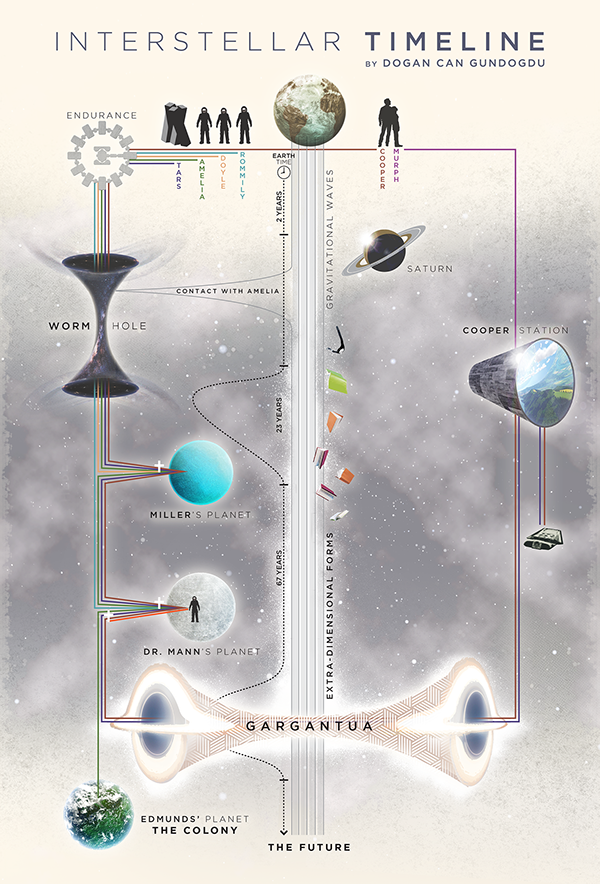Saturday, November 22, 2014
quantum solution to the arrow of time dilemma?
By
CNu
at
November 22, 2014
0
comments
![]()
Labels: Possibilities , quantum , the fourth
the arrow of time
New Pathways in Science, 1937, p.328-9)
By
CNu
at
November 22, 2014
0
comments
![]()
Labels: information , the fourth , waaay back machine
Friday, November 21, 2014
struggley looking the wrong way for the "infinitely great and "incorporeal" intelligence"...,
By
CNu
at
November 21, 2014
6
comments
![]()
Labels: as above-so below , evolution , scientific mystery , singularity
Thursday, November 20, 2014
is "second-order science" any kind of science at all?
"But paradigm debates are not really about relative problem-solving ability, though for good reasons they are usually couched in those terms. Instead, the issue is which paradigm should in future guide research on problems many of which neither competitor can yet claim to resolve completely. [A decision is called for] and in the circumstances that decision must be based less on past achievement than on future promise."
—Thomas Kuhn, The Structure of Scientific Revolutions . p. 157
By
CNu
at
November 20, 2014
10
comments
![]()
Labels: Cathedral , knowledge , scientific morality
the latent nature of global information warfare
By
CNu
at
November 20, 2014
0
comments
![]()
Labels: count zero , tricknology
big data and their epistemological challenge
By
CNu
at
November 20, 2014
0
comments
![]()
Labels: as above-so below , egregores , global system of 1% supremacy
it knows if you've been bad or good, so be good for goodness sake!
By
CNu
at
November 20, 2014
0
comments
![]()
Labels: awareness , cognitive infiltration , egregores , governance , individual vs. collective , tricknology
Wednesday, November 19, 2014
ethical heroism in the face of institutional religion and self-righteous clericalism...,
By
CNu
at
November 19, 2014
0
comments
![]()
Labels: as above-so below , gifts , institutional deconstruction , work
is pope francis smart, conservative, or something less familiar?
By
CNu
at
November 19, 2014
0
comments
![]()
Labels: as above-so below , hope , jesuitical , People Centric Leadership , What IT DO Shawty...
contempt for conservatism, religion, and history among social scientists..,
By
CNu
at
November 19, 2014
1 comments
![]()
Labels: Cathedral , civil war , What IT DO Shawty...
you know who you are...,
By
CNu
at
November 19, 2014
0
comments
![]()
Labels: music? , neuromancy
processing structure in language and music
By
CNu
at
November 19, 2014
0
comments
![]()
Labels: music? , neuromancy , scientific mystery
Tuesday, November 18, 2014
a little air and sunlight'll clear up that nasty turner diaries infection...,
By
CNu
at
November 18, 2014
0
comments
![]()
Labels: count zero , institutional deconstruction , People Centric Leadership , the wattles
pope francis new right hand man in america...,
By
CNu
at
November 18, 2014
5
comments
![]()
surprise, surprise, demoted former highest-ranking american cardinal raymond burke was the archbishop of st. louis...,
By
CNu
at
November 18, 2014
0
comments
![]()
Labels: Ass Clownery , theoconservatism
demoted cardinal raymond burke of st. louis was so flamboyant he would've made liberachi blush...,
By
CNu
at
November 18, 2014
0
comments
![]()
Labels: Ass Clownery , the wattles
Monday, November 17, 2014
the ineffable lucidity of school in a matinee..., accept no substitutes!
By
CNu
at
November 17, 2014
6
comments
![]()
Labels: synthesis , tactical evolution , the fourth
The Weaponization Of Safety As A Way To Criminalize Students
Slate | What do you mean by the “weaponization of safety”? The language is about wanting to make Jewish students feel saf...

-
theatlantic | The Ku Klux Klan, Ronald Reagan, and, for most of its history, the NRA all worked to control guns. The Founding Fathers...
-
Video - John Marco Allegro in an interview with Van Kooten & De Bie. TSMATC | Describing the growth of the mushroom ( boletos), P...
-
Farmer Scrub | We've just completed one full year of weighing and recording everything we harvest from the yard. I've uploaded a s...





